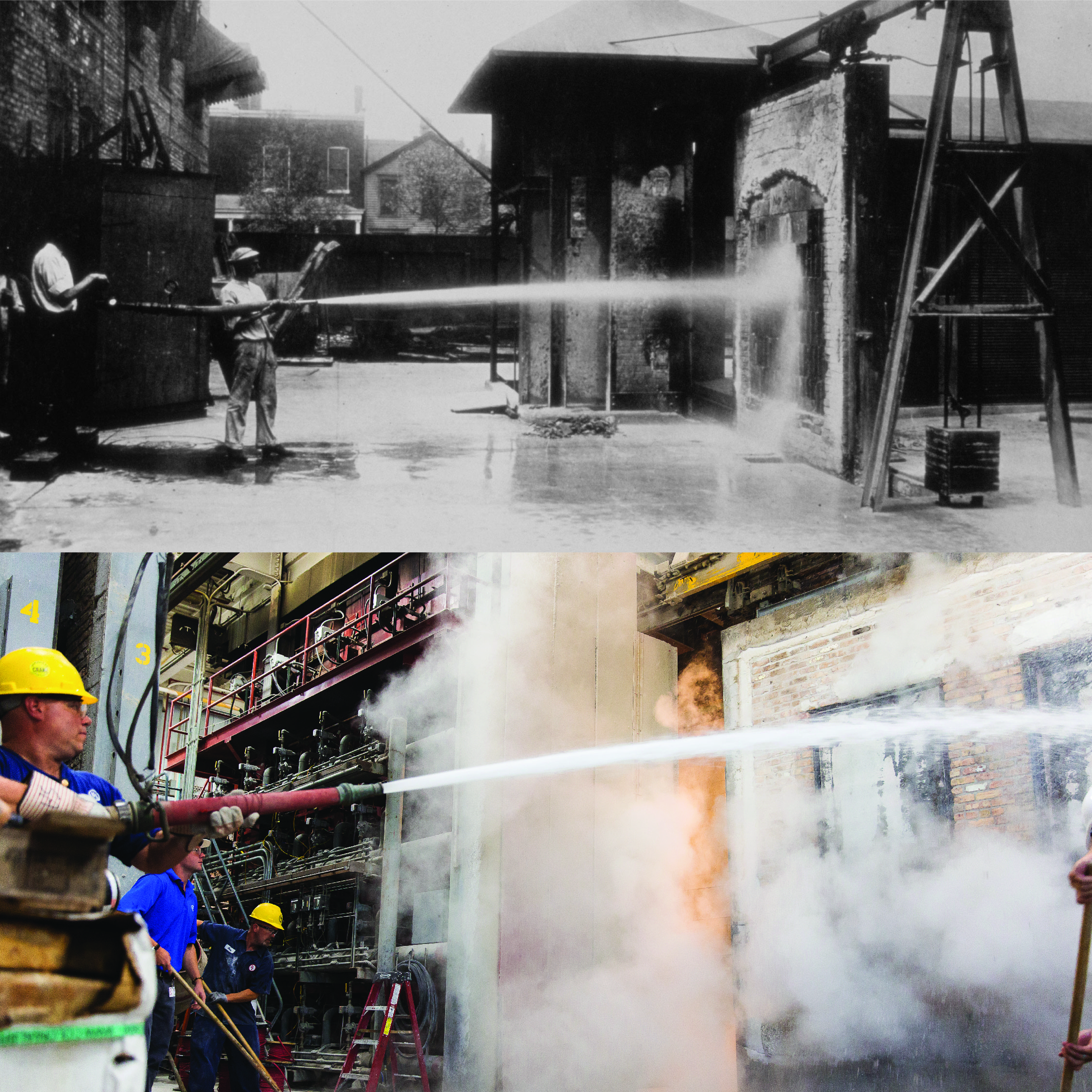在这份简短的指南中,您将了解什么是 UL 标准、如何制定这些标准、它们为何重要,以及其他常见问题的答案。
什么是 UL 标准?

UL 标准是一套用于测试和评估产品或系统的安全性、保障性和可持续性的最佳实践,由不同行业和利益相关方的专家共同制定并投票决定。当产品符合 UL 标准时,该标准可确保产品在材料、构造、制造、测试、安装、性能和使用方面的质量和一致性。
许多产品和系统都是按照 UL 标准设计和制造的。事实上,从厨房用具到草坪工具,从电动汽车到太阳能电池板,美国家庭平均拥有 125 种符合 UL 标准的产品。 了解更多.
UL 标准是如何制定的?
UL 标准文件的制定过程以共识为基础,利益相关群体的专家参与其中。这些专家小组被称为 技术委员会.UL 标准与参与技术委员会由来自制造业、政府、学术界、非营利组织和其他相关团体的专家组成,负责开发、制定和维护标准。技术委员会成员对新标准或修订标准的提案进行审查,并通过公平透明的投票过程达成共识。 了解更多.
UL 代表什么?

UL 是保险商实验室 (Underwriters Laboratories) 的缩写,也是本组织成立于 1894 年的最初名称。在整个 20 世纪及以后,保险商实验室通过安全科学研究、标准制定和产品安全测试,帮助推动创新。
2012 年,UL 成立了一个新的实体 UL LLC,负责产品测试和认证;2022 年,UL 又成立了三个独立的机构,每个机构专门负责上述三个重点领域中的一个。 UL 研究机构 对当前和新出现的人类安全风险进行独立研究、 UL 标准与参与 制定影响全球公共安全的安全标准,以及 UL 解决方案 提供测试、检验和认证服务,支持产品创新和业务增长。
标准是否具有强制性和法律约束力?
标准是自愿性的,但可以成为强制性的和具有法律约束力的标准 如已通过的规范中提及或写入法律,或由政府机构(如美国消费品安全委员会)要求。
一些 UL 标准已成为强制性标准。例如 UL 325,我们的自动车库门标准该标准包括对固有反向系统和电眼或边缘传感器的要求,以保护人和宠物不被卷入关闭的门下。国际建筑规范》、《国际住宅规范》、《国际消防规范》、《国家电气规范》和《加拿大电气规范》均参照了这一标准。自 1991 年起,美国消费品安全委员会的联邦法律(16 CFR Part 1211)也要求采用该标准。
2016 年 UL 2272,个人电动移动设备电气系统标准美国消费品安全委员会(CPSC)宣布将召回任何不符合该标准的自平衡滑板车,因此,该标准成为强制性标准。该机构在公告中指出,不符合标准的产品会给消费者带来不合理的火灾风险。
2023 年,UL 2272 在纽约市写入法律此外,还有电动自行车电气系统标准 UL 2849 和轻型电动车用电池标准 UL 2271。根据该法,在纽约市销售、分销、租赁的任何微型移动设备都必须通过适用标准的认证。
标准为何重要?

标准之所以重要,是因为它们为创新提供了一个安全的基础,有助于解决和降低伤害风险,同时指导新技术和不断发展的技术的安全、性能和可持续性。
标准为消费者提供安全的产品,并确保产品按照严格的安全要求进行评估。当产品符合 UL 标准时,购买者就可以放心,该产品已经过测试,能够承受苛刻的正常使用条件,不会带来危险或伤害。
此外,一些标准有助于确保许多产品和系统的互操作性。例如,标准要求电源插座的大小必须一致,以适应特定国家或地区使用的插头类型。